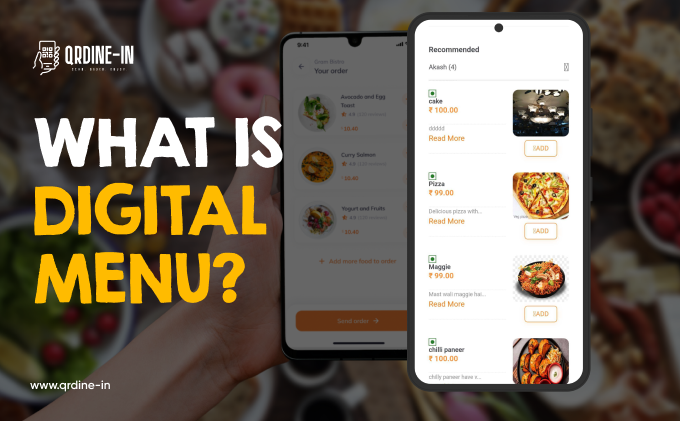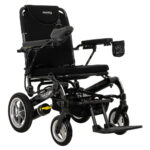The Evolution of Dining: A Shift Towards Digital Menu and QR Codes
The dining landscape is undergoing a significant transformation as digital menus and QR codes become increasingly prevalent. This shift is not merely a trend but a response to the growing demand for seamless, contactless technology in the hospitality industry. As restaurants and cafes adapt to new consumer preferences and safety protocols, digital menus and QR codes are emerging as essential tools in redefining the dining experience.
The Rise of Digital Menus: Enhancing the Dining Experience
Digital menus have revolutionized the way diners interact with restaurant offerings. Unlike traditional paper menus, digital menus offer a dynamic and interactive experience. Restaurants can easily update their menus to reflect seasonal changes, special promotions, and new dishes. This flexibility ensures that diners always have access to the most current information.
Moreover, digital menus often come with high-quality images and detailed descriptions of each dish, allowing diners to make more informed choices. This visual appeal can enhance the overall dining experience, making it more enjoyable and engaging. Additionally, digital menus can be customized to cater to different dietary preferences and restrictions, providing a more personalized experience for each diner.
QR Codes: A Gateway to Contactless Dining
QR codes have become a ubiquitous feature in modern dining establishments. These scannable codes provide a quick and efficient way for diners to access digital menus using their smartphones. By simply scanning a QR code placed on the table or menu, diners can view the restaurant’s offerings without the need for physical contact.
The adoption of QR codes aligns with the growing emphasis on hygiene and safety, particularly in the wake of the COVID-19 pandemic. Contactless dining reduces the risk of contamination and provides peace of mind for both diners and staff. Furthermore, QR codes can be used to streamline the ordering and payment process, allowing for a more efficient and convenient dining experience.
Benefits of Embracing Digital Menus and QR Codes
The integration of digital menus and QR codes offers numerous benefits for both restaurants and diners. For restaurants, digital menus reduce printing costs and waste associated with traditional paper menus. They also enable real-time updates, ensuring that menu information is always accurate and up-to-date.
For diners, digital menus and QR codes provide a more interactive and engaging experience. The ability to view detailed descriptions and images of dishes can help diners make more informed choices. Additionally, the contactless nature of QR codes enhances safety and convenience, making the dining experience more enjoyable.
Challenges and Considerations in Implementing Digital Menus and QR Codes
While the benefits of digital menus and QR codes are clear, there are also challenges and considerations to keep in mind. One potential challenge is ensuring that all diners, including those who may not be tech-savvy, can easily access and navigate digital menus. Restaurants may need to provide additional support or alternative options for these diners.
Another consideration is the initial investment required to implement digital menu systems and QR code technology. While these costs can be offset by the long-term savings on printing and menu updates, restaurants must carefully evaluate their budget and resources.
Moreover, restaurants must ensure that their digital menus are user-friendly and accessible across different devices and platforms. This includes optimizing the menu design for mobile viewing and ensuring that the QR codes are easily scannable.
The Future of Dining: Embracing Innovation and Technology
The future of dining is undoubtedly intertwined with innovation and technology. As digital menus and QR codes continue to gain traction, restaurants must embrace these tools to stay competitive and meet evolving consumer expectations. By leveraging technology, restaurants can enhance the dining experience, improve efficiency, and ensure the safety and satisfaction of their guests.
In addition to digital menus and QR codes, other technological advancements such as mobile ordering apps, contactless payment systems, and AI-driven personalization are set to shape the future of dining. Restaurants that are quick to adopt and integrate these technologies will be well-positioned to thrive in the ever-changing hospitality landscape.
Conclusion: The New Era of Dining
The adoption of digital menus and QR codes marks a new era in the dining industry. These innovations offer a range of benefits, from enhanced safety and convenience to improved efficiency and engagement. As restaurants continue to navigate the challenges and opportunities presented by these technologies, one thing is clear: the future of dining is digital, and it promises to deliver a more seamless and enjoyable experience for all.




